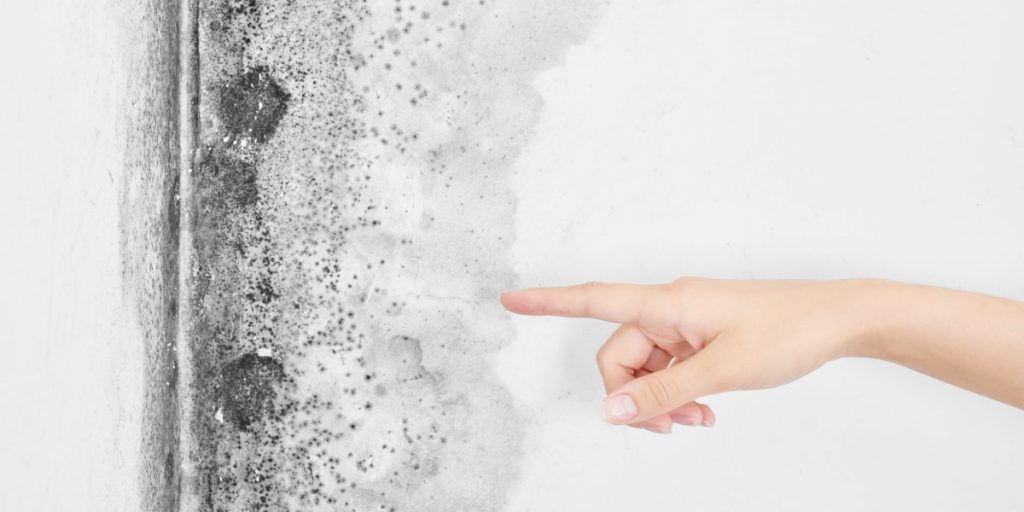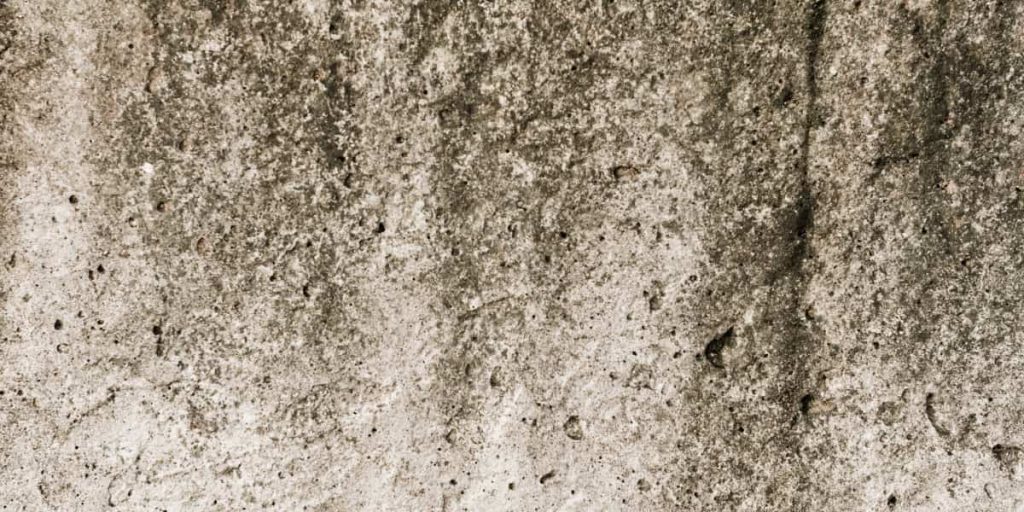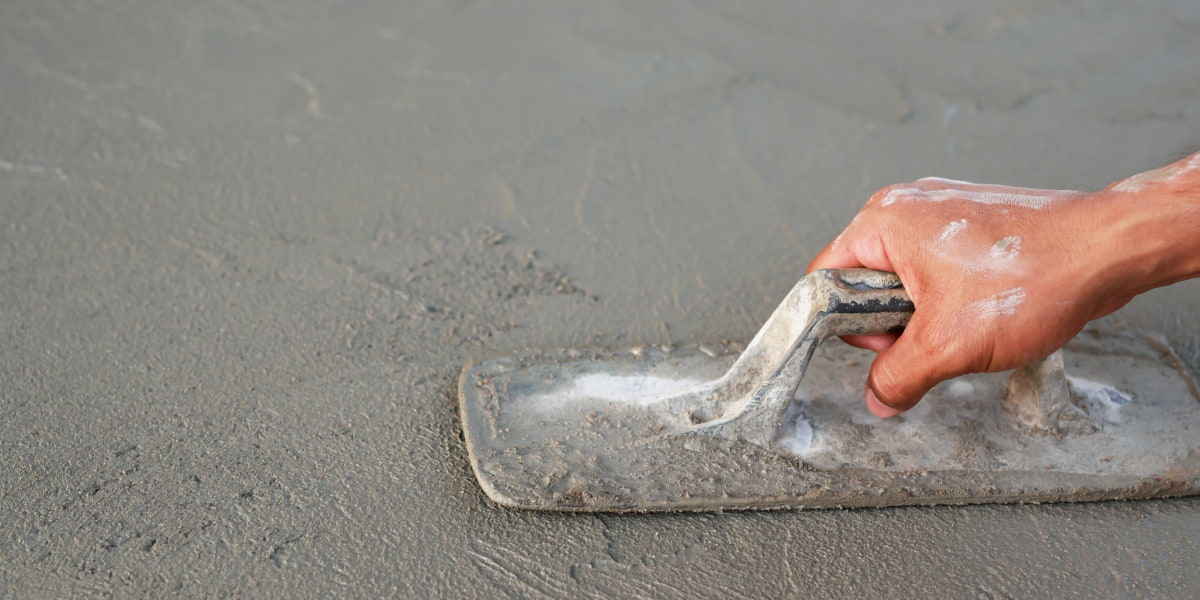Published on December 27th, 2022
Last updated on February 3rd, 2023
How To Get Rid Of Mold In The Basement? The Most Efficient Method!

If your home is damp, you are most likely experiencing mold growth. Large mold spots on walls, corners, or other places in your home can be dangerous. Mold looks terrible and destroys the foundation and integrity of the house. Also, it causes coughs, sneezes, and infections, so it is worth knowing how to get rid of mold in the basement.
Getting rid of mold is not always easy, although there are some working methods. To get rid of mold in the basement, you need to:
- Prepare materials to protect your body.
- Find some free time.
- Create solutions to kill the saboteur.
And our detailed guide will make getting rid of the fungus as simple and effective as possible. Read this article until the end to find out what you need to do to keep mold out of your home forever.
How to Get Rid of Mold in the Basement?

During mold removal, you are bound to use chemicals or fungus fumes. To protect yourself during the procedure, you must have the following:
- Protective mask.
- Protective glasses.
- Gloves.
You don’t have to buy professional equipment to protect yourself. But you should, in any case, resort to protection, and the use of even cheap means of protection is a must.
You may also need the following materials for work:
- Stiff-bristle brush. You need this brush as you may need to remove mold from rough surfaces.
- Sponge. A sponge is excellent for removing mildew from more vulnerable areas.
- Bucket with water. You will need it to wash your sponge or rag.
- Spray. With a sprayer, you can quickly apply your basic fungus control solution.
While removing mold in your basement, you can try the following remedies:
- Chemical agents for black basement mold removal. You can purchase such tools at professional stores for a relatively low price.
- Bleach. This remedy is excellent for fighting mold and other fungal infections. But remember that you should not use anti-mildew bleach on:
- Curtains.
- Furniture.
- Clothes.
Otherwise, you may spoil these materials.
- Borax. This remedy is effective in pest control. But boric acid may not completely kill fungal spores.
- Essential oils. Clove, pine, eucalyptus, lavender, and tea tree oils are ways to reduce basement fungus. But essential oils may be less effective than professional products.
- Steam. Since fungus dies at 140 degrees Fahrenheit, you can use steam to kill mold.
Once you have prepared all the necessary materials for the job, you can begin the removal procedure.
Now let’s take a look at how you can kill mildew in your basement.
Assess the Situation
Make sure your basement isn’t completely moldy. If you can’t move around without facing mold, you need to seek the help of a professional. If your room has a fairly small colony of fungi, you can kill the fungus yourself.
Be prepared for the fact that you will have to throw away some things. It’s because you can’t restore them after mold infestation. Such items include carpets, curtains, tiles, and wood.
Protect Yourself
Be sure to use protective equipment while removing mold in your basement. Wear a mask, gloves, and goggles.
Protecting your body and health is extremely important when contacting a fungus. Be sure to contact your healthcare provider if you experience:
- Breathing difficulties.
- Coughing.
- Other signs of disruption to your normal condition.
Let the Air In
Your room should be well-ventilated during mold removal, as it is dangerous to breathe in spores. Make sure all windows, doors, or ventilation systems are on.
But try to keep mold out of other rooms!
Prepare Your Solution
Now you need to prepare your solution. If you want to make it yourself, here are some simple recipes:
- Bleach. Add a cup of bleach to a gallon of water.
- Borax. Mix a cup of boric acid with a gallon of hot water.
- Essential oils. Apply 25 drops of essential oil in half a cup of water and isopropyl alcohol.
Cleaning
Now you need to clear your area. Apply your product to the mold. Homemade products must be on the black basement mold for 15 minutes. If you use a professional product, you must follow the package instructions.
After you have applied the product and waited for some time, you can remove the mold. To do this, use a sponge or brush. You can then remove any remaining mold with a sponge or rag. Repeat the procedure until the fungus is removed.
Drying
After removing mold from your basement, you need to remove all moisture. To do this, dry the surface from which you removed the fungus.
Find the Source of the Infection
Try to find the cause of the mold. Perhaps you have a leaky pipe or a puddle on the floor. Make sure you get rid of the source of the mold, and then your basement will no longer have fungus.
What Causes Mildew in a Basement?

Let’s figure out what could lead to mold in your home. If you understand the main causes of mold, you can effectively prevent mold in your home.
As you know, mold is a set of tiny fungi that multiply rapidly in the presence of moisture. When mold gets on a damp surface, it can multiply quickly and create a problem for you. The main causes of mold are:
- Flooding in the house. If there is standing water inside your basement, you are at risk of getting mold there. Even damp furniture and carpets are great places for mold to grow.
- Water leak. You’re at risk for mold if your basement has leaky pipes, drains, and other sources.
- High humidity. Humidifiers and vents can often cause mold to grow. If your basement has mechanisms that give off steam, ensure a low humidity rating. Otherwise, it may cause mold.
Once you understand the cause of mold in your home, you can start learning about the types of mold. So you can know how to deal with it the right way.
Types of Mold in the Basement That Should Be Killed
Let’s look at the most common types of mold that can be found in the home. We will talk about their key features and color. This way, you can determine what type of mold you have. You can choose the right method for fighting it.
| Cladosporium | Most often, it is brown, black, or gray. You can find this type in soil or organic materials. Fortunately, this fungus grows slowly, and you can quickly eliminate the problem. |
| Penicillium | This well-known type has not only been able to save lives with antibiotics. But it can also be a problem for your home. This mildew is green or white and has a high growth rate, making it difficult to remove it. |
| Aspergillus | This one has a green tint and can grow quickly outdoors and indoors. This fungus can sometimes lead to infection and is dangerous for asthmatics. |
| Alternaria | It’s a rare type, but it can be hazardous to human health. So, the fungus grows quickly, has a brown, olive, or black color, and can also cause infections. |
| Stachybotrys chartarum | This one is the most common and typical in the house. This fungus can attack wood, paper, drywall, concrete, and other materials. |
How to Prevent Mold in the Basement?

If you have a basement, you are aware of how crucial it is to maintain it dry and clean. Unfortunately, moist basements are an ideal environment for mold growth, which can cause a variety of health problems.
You can take simple actions to stop mildew from developing in your basement. It’s important to understand the possibility of mold growth and how prevention measures can assist safeguard your family’s health.
| Humidity control is key | Mold flourishes in warm, moist settings, which is exactly what a normal basement is! You need to regulate the humidity levels in your basement to stop this from happening. This entails closing all windows during downpours and, if required, adding a dehumidifier to your basement. Mold growth can be prevented by reducing the moisture content of the air. |
| Keep it clean | Another important treatment for mold in the basement is keeping your house clean. Regular vacuuming and prompt cleanup of spills and debris are essential. Avoid placing objects on the floor when storing them. As a result, mold might start to grow underneath them if moisture is trapped. Instead, arrange objects on bins or shelves with ventilation surrounding them. Additionally, you should look for any gaps or leaks that can allow water to seep into your house. These could develop into perfect mold spore breeding grounds if neglected. |
| Check regularly | Finally, it’s essential to inspect basements regularly for signs of water damage or visible signs of mold growth, such as dark spots on walls and floors. Suppose you notice any discoloration or smell something musty. In that case, it’s important to immediately investigate and identify the source of moisture before addressing it with cleaning solutions or other treatments for mold in the basement recommended by professionals. |
Conclusion
Ultimately, getting rid of mildew in the basement is an important task for homeowners. It’s because it can be hazardous to human health. The best way to tackle this issue is by using a combination of different methods:
- Proper ventilation and dehumidification are crucial.
- You should consider using bleach or vinegar to kill the remaining spores of mold in a basement.
- It’s always best to use protective equipment while cleaning up the moldy area.
Using the above tips and tricks will help you get rid of mold in your basement quickly and safely!
If you would like more advice on handling mold issues, seek professional guidance from an expert contractor or environmental specialist. They can provide additional insight into how to identify potential causes and solutions for mold growth in your basement. Remember, getting rid of mold is a must to keep your family safe and healthy!
FAQ
How do I know if I have a mold problem in my basement?
The most obvious sign is a visible and musty odor. But it’s essential to look for any signs of discoloration or damage on walls, floors, or other surfaces. Additionally, be mindful of respiratory irritation or health issues that arise from mold.
What methods should I use to get rid of mold in my basement?
You can use a combination of mechanical cleaning and chemical treatments (such as bleach-based solutions) to remove and kill mold growth in your basement. It’s crucial to ensure you take the necessary safety precautions to clean the mold.
How do I prevent mold from coming back?
One critical step is ensuring your basement is properly insulated and well-ventilated. Additionally, regularly check for signs of moisture or water damage. It’s because this can increase the chances of mold growth.
What types of cleaners should I use to kill mold in my basement?
You can use various cleaners and disinfectants designed to remove and cut mold. Be sure to follow the instructions when using these products. It’s because improper usage may result in further health risks.
Are there any DIY solutions I can use to kill mold in my basement?
While not always recommended, there are many homemade solutions for removing mold. Be sure to research any DIY before use, as improper usage may result in further health risks. Additionally, it is strongly suggested you contact a professional if the problem persists.


